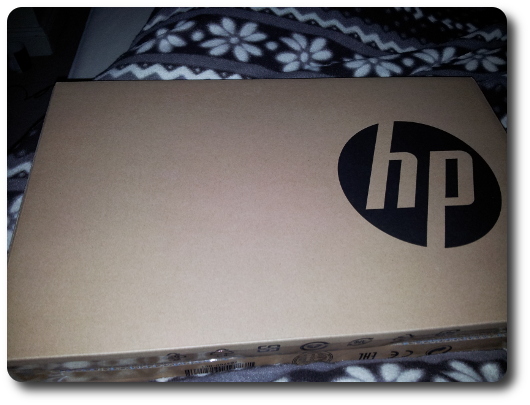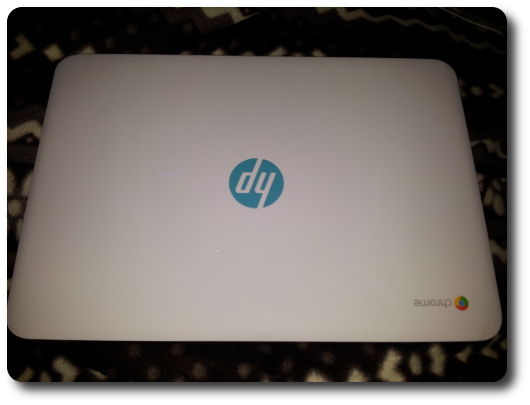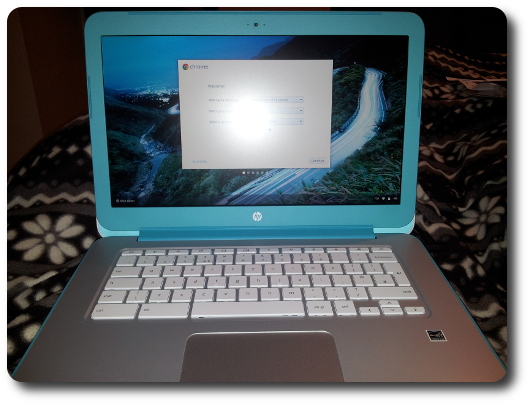My Chromebook with KDE

I got my new Chromebook...  Yes, you've heard me right, but wait before you raise your eyebrows...
Yes, you've heard me right, but wait before you raise your eyebrows...






I installed Ubuntu on it as my default OS, though I can go back to Chrome OS any time I want. I don't see any point in doing it.

Roy helped me do the partitioning, configuration and tweaking. We configure it in a way so that I can use it in my work, not just for Facebooking, tweeting and chatting's sake.


I am still exploring the machine, basically familiarising with the keyboard and all the function settings on it. The Kubuntu environment which I chose will need some adjustments; also the applications which I downloaded are a bit different from the other laptop's (which I used to work on).

Change is good, but it requires a lot of patience and adaptation to the new environment.

I like my Chromebook very much. It is one of the best gifts I have received from my husband. It is more practical, it gives me more confidence to learn and to develop more of my computer skills. Innovation is fast-moving and technology is progressing, so you definitely need to catch up with it. Unless you want to be left behind by choice... █
-

- Rianne Schestowitz's blog
- Login or register to post comments
 Printer-friendly version
Printer-friendly version- 245820 reads
 PDF version
PDF version
More in Tux Machines
- Highlights
- Front Page
- Latest Headlines
- Archive
- Recent comments
- All-Time Popular Stories
- Hot Topics
- New Members
digiKam 7.7.0 is released
After three months of active maintenance and another bug triage, the digiKam team is proud to present version 7.7.0 of its open source digital photo manager. See below the list of most important features coming with this release.
|
Dilution and Misuse of the "Linux" Brand
|
Samsung, Red Hat to Work on Linux Drivers for Future Tech
The metaverse is expected to uproot system design as we know it, and Samsung is one of many hardware vendors re-imagining data center infrastructure in preparation for a parallel 3D world.
Samsung is working on new memory technologies that provide faster bandwidth inside hardware for data to travel between CPUs, storage and other computing resources. The company also announced it was partnering with Red Hat to ensure these technologies have Linux compatibility.
|
today's howtos
|









.svg_.png)
 Content (where original) is available under CC-BY-SA, copyrighted by original author/s.
Content (where original) is available under CC-BY-SA, copyrighted by original author/s.

Recent comments
1 year 11 weeks ago
1 year 11 weeks ago
1 year 11 weeks ago
1 year 11 weeks ago
1 year 11 weeks ago
1 year 11 weeks ago
1 year 11 weeks ago
1 year 11 weeks ago
1 year 11 weeks ago
1 year 11 weeks ago